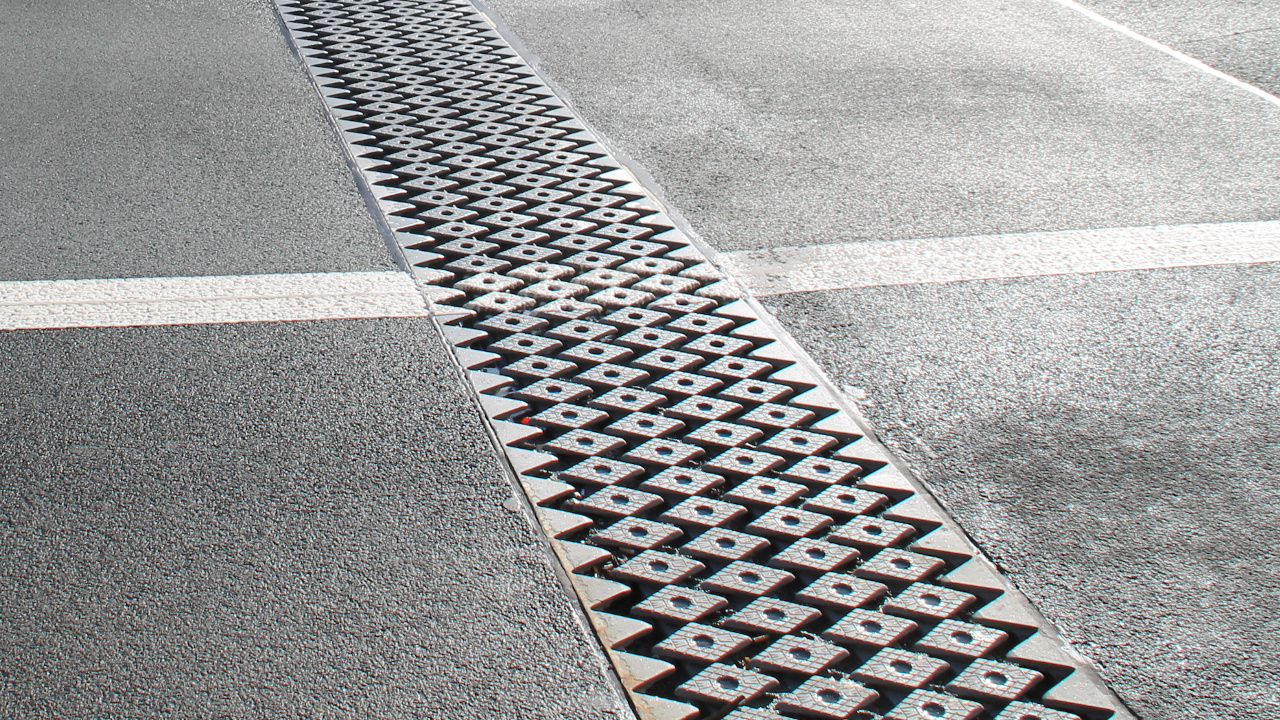

Monitoring of expansion joints for road bridges using signal analysis and deep neural networks

As part of the project, a pilot research system was developed as an attempt to solve the problem indicated by one of Neurosoft’s clients – the Directorate of Highways in Northern Bavaria (ABDNB). The project verified the possibility of diagnosing damage within multi-module expansion joint structures on bridge structures, based on the analysis of acoustic signals. The client described the types of damage to such an element and presented the currently used methods of diagnosing them.
As a result of the project, basic electronic and IT components of the acoustic signal acquisition and analysis system were created:
The test device was installed on a bridge on the BAB-A9 motorway (Germany), near the town of Schnaittach (GPS: 49.582418, 11.344986) and operated for 6 months.
It was proven that the developed device meets the initial functional assumptions, but its practical application on the scale anticipated (hundreds of measurement locations, fully automatic operation, various types of diagnosed faults, lack of power sources, significant installation limitations, and configuration difficulties resulting from unfavorable acoustics, required ease of installation and configuration) requires significant modifications to both the design and the algorithms used. Technological issues that require better elaboration.